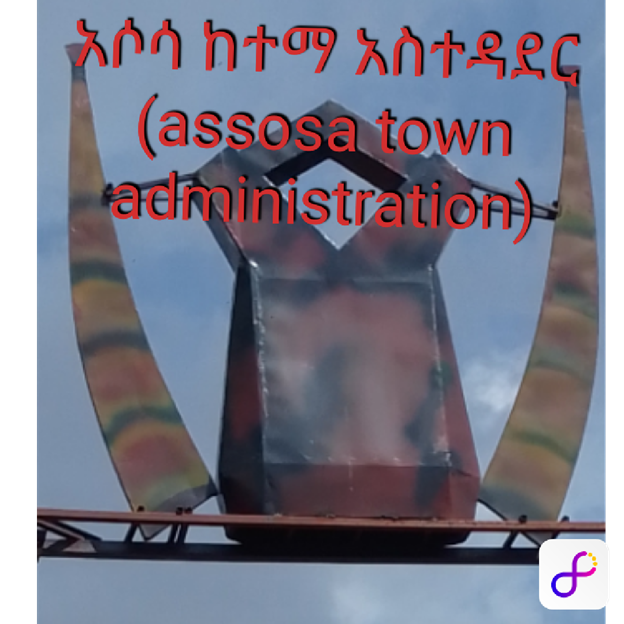History
Like the Gambela Region, Benishangul-Gumuz is historically closely linked to neighbouring areas of Sudan, and to a lesser extent to the Ethiopian Highlands. These regions served as slave-hunting grounds since Aksumite times, and their Nilosaharan-speaking inhabitants were pejoratively called Shanqella (Šanqəlla, also Shanqila, Shankella) by the highland Ethiopians.[9] Besides slaves, gold was traditionally an important export of Benishangul.[10]
Little is known about its history before the 19th century.[11] Archaeologists have found sites that they date to the end of the 1st millennium BC or the beginning of the 1st millennium AD and assign them to the forerunners of today's Komuz-speaking ethnic groups. Finds attributing them to the Berta date from the 17th to 20th centuries and are mainly located on mountains, hills and in rocky areas that are easy to defend. It was not until the mid-20th century that Berta also settled in the lowlands, as slave hunts and armed conflict had ended.[12]
The area lay as a "buffer zone" or "no man's land" between southern Sannar and Damot in the highlands. The Ethiopian Emperor Sissinios (Susenyos) invaded the area in 1617/18, and it fell to the Funj in 1685.[9]
According to Negasso Gidada, Oromo penetration into the region began in the mid-18th century.[13]
In the first quarter of the 19th century, Arab traders arrived from Sannar, which was occupied by Ottoman Egypt from 1821. They mixed with families from the Berta upper class and thus gained political influence. By the middle of the century, the waṭāwiṭ, the descendants of Arabs and Berta, had become the new ruling class. They also began to spread Islam among the Berta. Various trade routes met in Benishangul, and local gold and Ethiopian amole (salt bars) were exchanged for slaves, cattle, horses, iron, civet, musk, coffee, ivory and honey (which also came from the Oromo areas of Sibu and Leeqaa). Luxury goods such as textiles and glass beads were imported via Sudan.[11][10]
Later in the 19th century, Benishangul was affected by the Mahdi uprising.[9] In the late 19th century, Ethiopia, under Menelik II, annexed the Sultanates of Beni Shangul and Gubba (Qubba in Arabic).[2] In 1898, Asosa became the political and economic capital.[14] Until the Italian occupation of Ethiopia in the mid-1930s, the area supplied gold and slaves to the central government on a large scale. Slaves were also smuggled into Sudan across the border, which was established in 1902.[10]
Under the regime of Mengistu Haile Mariam, who ruled Ethiopia from 1974, some 250,000 drought- and famine-stricken peasants from the highlands--mostly Amharas from Wollo province--were relocated to Benishangul-Gumuz from 1979 and especially in the mid-1980s.[10][15]
Resistance to the Mengistu regime here came mainly from the Berta. In addition, the Oromo Liberation Front (OLF) - supported by the Eritrean People's Liberation Front, which in the meantime had advanced far south from Eritrea - also fought for the area in the Ethiopian civil war in the late 1980s and early 1990s. The OLF tried to incorporate the local population as "black Oromo", but met with little support. The Berta rebels instead allied with the Tigray People's Liberation Front (TPLF), which overthrew the Mengistu regime in 1991 with the coalition EPRDF. As the Berta People's Liberation Movement[16] or Benishangul People's Liberation Movement (BPLM), they - like the Gambella People's Liberation Movement of the Anuak in Gambella - were not accepted as full members of the EPRDF, but became regional partners of the new ruling coalition.[9]
In 2019, the Metekel conflict began. In December 2019, about 200 people were killed in the Metekel massacre.
Agriculture
The CSA of Ethiopia estimated in 2005 that farmers in Benishangul-Gumuz had a total of 307,820 head of cattle (representing 0.79% of Ethiopia's total cattle), 65,800 sheep (0.38%), 244,570 goats (1.88%), 1,770 mules (1.2%), 37,520 asses (1.5%), 732,270 poultry of all species (2.37%), and 166,130 beehives (3.82%).[17]
Over 60% of this region is covered with forest, including bamboo, eucalyptus and rubber trees, incense and gum forests as well as the indigenous species. However, due to increased population which has led to the widespread destruction of the canopy, authorities announced a campaign on 8 June 2007 to plant 1.5 million seedlings over the next two months to replenish this resource.[18]
